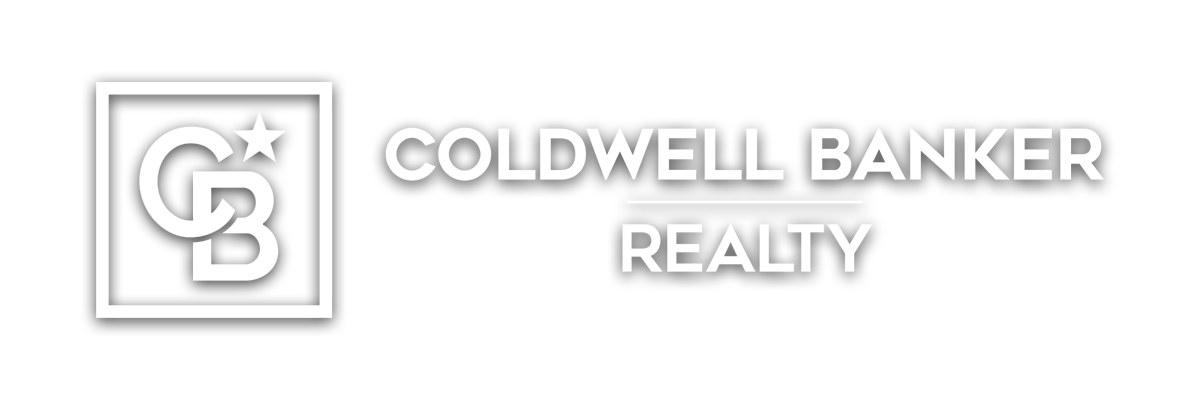Westport CT Real Estate Market Trends (2006-2025)
This comprehensive analysis examines the Westport, Connecticut real estate market over nearly two decades, from 2006 through March 2025. By analyzing key metrics including sales volume, days on market, and price trends, we can identify significant market shifts, economic influences, and emerging patterns that provide valuable insights for homeowners, buyers, investors, and real estate professionals.
Sales Volume and Market Activity Trends
The chart below illustrates the relationship between the number of listings sold (bars) and the average days on market (line) in Westport from 2006 to 2024. This visualization helps identify periods of high activity versus market slowdowns, and how quickly properties were moving throughout different market cycles.
The Westport housing market has experienced several distinct phases over the past 19 years, with significant fluctuations in both sales volume and market velocity. Prior to the 2008 financial crisis, the market maintained healthy sales volumes, with 400 homes sold in 2006 and 410 homes in 2007. The impact of the recession is clearly visible with a dramatic 32.9% drop in 2008, falling further to just 252 homes sold in 2009 – the lowest point in our dataset.
The most remarkable surge in market activity occurred in 2020, when despite the COVID-19 pandemic (or perhaps because of it), Westport experienced an extraordinary 79.5% increase in sales volume compared to 2019, with 639 homes sold. This unprecedented spike likely reflects the urban exodus from nearby New York City as remote work became normalized and families sought more space in suburban locations.
The relationship between days on market and sales volume reveals interesting market dynamics. During the 2009 recession, homes took an average of 130 days to sell – the longest period in our dataset. In stark contrast, the 2021-2024 period shows remarkably fast market velocity, with days on market dropping to historic lows – just 40 days in 2024, representing a 69% reduction from the 2009 high.
Another notable trend is the market’s recent cooling in transaction volume. After the post-COVID boom of 2020-2021, sales have steadily decreased to 308 homes in 2024. However, this reduced inventory hasn’t slowed the market – properties are selling faster than ever, suggesting a highly competitive environment with demand still outpacing supply despite higher interest rates.
Price Trends: List vs. Sale Price Analysis
This chart tracks the relationship between average list prices and final sale prices in Westport from 2006 through 2025. By examining these two metrics together, we can understand pricing power, negotiation trends, and overall market strength throughout different economic cycles.
Westport’s real estate values have demonstrated remarkable resilience and growth over the study period, particularly in recent years. From 2006 to 2019, average sale prices remained relatively stable, fluctuating between $1.34 million (2011) and $1.72 million (2008). The 2008-2011 recession period saw average prices decline by 16.1% from pre-recession levels.
What’s particularly striking is the market transformation beginning in 2020. From 2020 through 2025, we’ve witnessed unprecedented price appreciation, with average sale prices increasing from $1.6 million in 2020 to $2.66 million in early 2025 – representing a remarkable 66.8% increase in just five years.
One of the most telling market indicators is the relationship between list and sale prices. Prior to 2021, properties in Westport consistently sold below asking price, with sale-to-list ratios typically ranging from 91% to 97%. However, beginning in 2021, we observe a fundamental shift in market dynamics – properties began selling at or above asking price. By 2024, the sale-to-list ratio reached 100.8%, and early 2025 data shows this trend continuing with a ratio of 101.1%, indicating a strong seller’s market where multiple offers and bidding wars have become common.
The 2022 market saw the largest single-year price increase in the dataset, with average sale prices jumping by an astonishing 29.2% compared to 2021. This period coincided with historically low mortgage rates and intense competition for limited housing inventory across premium suburbs.
When comparing market phases, the contrast is dramatic. The average sale price during the recession period (2009-2011) was $1.4 million, while the recent market (2023-2024) averaged $2.43 million – representing a 73.6% increase between these two periods.
Market Phases and Economic Influences
| Market Phase | Years | Avg. Sale Price | Avg. Days on Market | Key Characteristics |
|---|---|---|---|---|
| Pre-Recession | 2006-2008 | $1,671,011 | 105 | Stable market with moderate price growth |
| Recession | 2009-2011 | $1,401,480 | 112 | Reduced sales volume, extended days on market, price declines |
| Post-Recovery | 2012-2019 | $1,501,503 | 112 | Gradual recovery with stable prices and moderate activity |
| COVID Era | 2020-2022 | $1,932,058 | 70 | Explosive growth in both volume and prices, rapid market velocity |
| Recent Market | 2023-2024 | $2,431,740 | 48 | Lower volume but continued price growth, extremely quick sales |
The data reveals distinct market phases that closely align with broader economic conditions. The 2008 financial crisis impact is evident in both price reductions and slowing market velocity, with the market taking several years to fully recover. The post-2020 surge coincides with pandemic-driven migration patterns, historically low interest rates, and changing work arrangements.
Interestingly, while many markets have experienced cooling in both price and velocity due to rising interest rates in 2023-2024, Westport has maintained strong price appreciation even as transaction volume has decreased. This suggests the premium suburban market remains resilient, likely supported by affluent buyers who are less sensitive to interest rate fluctuations.
Market Outlook and Conclusions
Based on the comprehensive market analysis, several key conclusions emerge:
1. Unprecedented Value Growth: Westport property values have reached historic highs, with current average sale prices 66% above pre-pandemic levels and 59% higher than the pre-2008 recession peak.
2. Structural Market Shift: The fundamental relationship between buyers and sellers has transformed, with sellers now consistently achieving above-asking prices – a pattern that was rare before 2021.
3. Supply-Demand Imbalance: Despite reduced transaction volume, the continued decrease in days on market indicates persistent inventory shortages relative to demand.
4. Market Velocity: Properties are selling more quickly than at any point in the past 19 years, with current average days on market at just 40-42 days, compared to the historical average of approximately 100 days.
5. Premium Market Resilience: Westport’s high-end market has demonstrated remarkable resilience through multiple economic cycles, with particularly strong performance during and after the pandemic.
Looking ahead to the remainder of 2025, early data suggests continued price strength despite transaction volume constraints. While the 2025 Q1 data shows only 44 sales, this represents typical seasonal patterns rather than a significant market shift. Prospective buyers should be prepared for a highly competitive environment, while sellers continue to benefit from favorable market conditions that have now extended beyond the initial post-pandemic boom.

